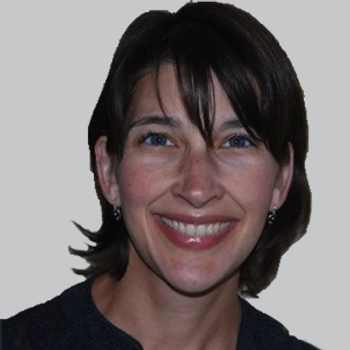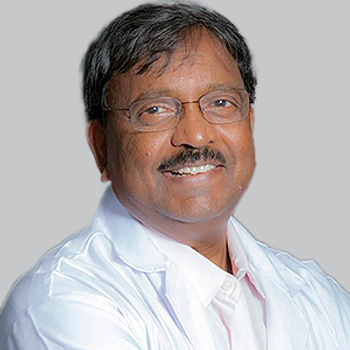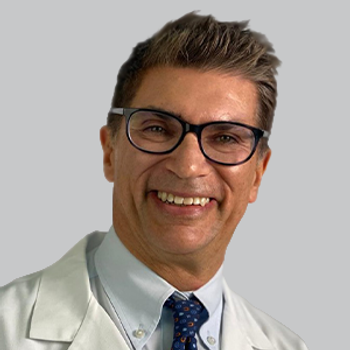
Underdiagnosis and Differential Diagnosis of EDS in Patients With OSA
Panelists discuss how to differentiate true excessive daytime sleepiness from general fatigue or tiredness, emphasizing the importance of collaborative care with other specialists to address underlying mood disorders and comorbid conditions that may complicate diagnosis.
Episodes in this series

Video content above is prompted by the following:
The differential diagnosis of excessive daytime sleepiness (EDS) requires careful distinction between true sleepiness (difficulty controlling wakefulness, involuntary sleep episodes) and general fatigue or tiredness. The Diagnostic and Statistical Manual of Mental Disorders provides specific language emphasizing that EDS involves the inability to control when one remains awake, not merely feeling tired or low energy. This distinction becomes crucial when evaluating patients whose continuous positive airway pressure (CPAP) therapy has successfully treated their obstructive sleep apnea (OSA) but who continue experiencing residual symptoms.
Clinical assessment must consider the severity of the original sleep apnea when evaluating persistent sleepiness post-treatment. Patients with mild OSA (apnea hypopnea index, 5-15) who report severe sleepiness may warrant investigation for additional sleep disorders or other medical conditions. Conversely, those with severe OSA may require more time and optimization of CPAP therapy before considering alternative diagnoses. The relationship between OSA severity and sleepiness symptoms is not always linear, requiring individualized clinical judgment.
Psychiatric comorbidities, particularly depression, create complex diagnostic challenges. Rather than viewing mood disorders and sleep disorders as mutually exclusive, clinicians should recognize their frequent coexistence and potential for bidirectional causation. Excessive sleepiness can exacerbate depression, while mood disorders can worsen sleep quality and daytime alertness. Collaborative care between sleep medicine specialists, psychiatrists, and primary care providers optimizes outcomes by simultaneously addressing sleep and mood components rather than attempting to assign symptoms to single diagnostic categories.
Newsletter
Keep your finger on the pulse of neurology—subscribe to NeurologyLive for expert interviews, new data, and breakthrough treatment updates.



































